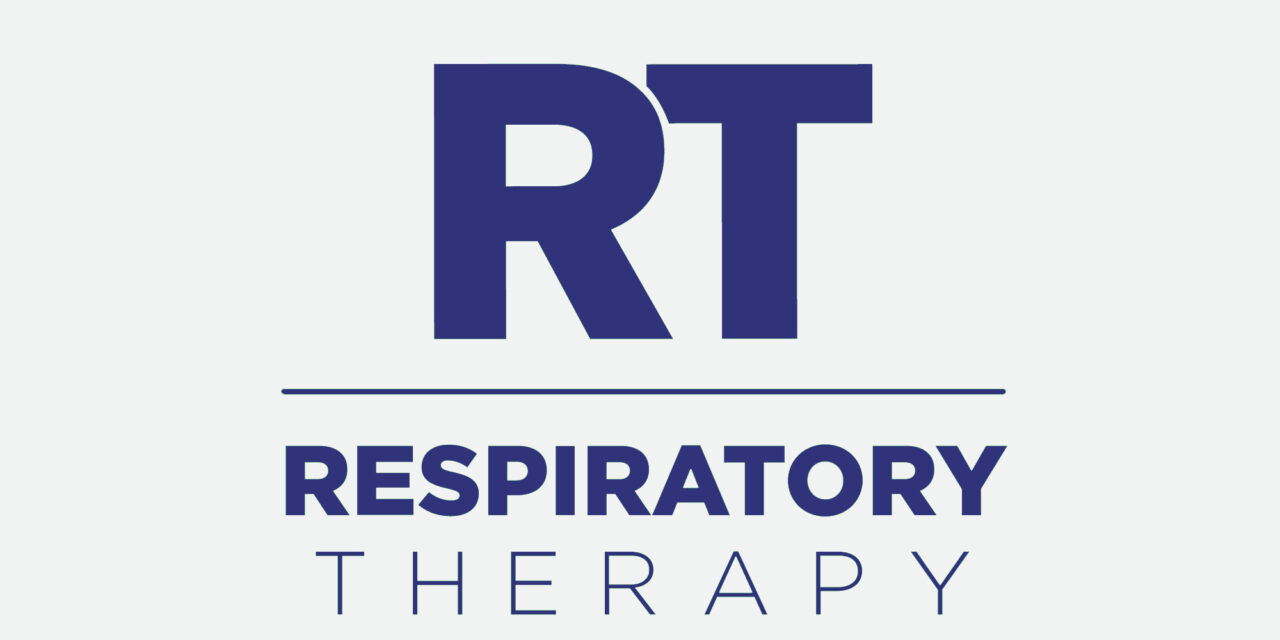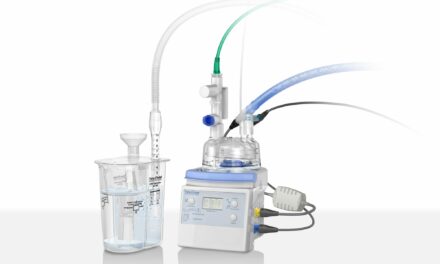Children who had in-utero exposure to ischemic-hypoxic conditions, situations during which the brain is deprived of oxygen, were more likely to develop attention deficit hyperactivity disorder later in life as compared to unexposed children, according to a Kaiser Permanente study published in the journal Pediatrics.
Research indicates that events in pregnancy may contribute to the occurrence of ADHD over and above well-known familial and genetic influences of the disorder.
Researchers examined the electronic health records of nearly 82,000 children ages 5 to 11 years old and found that prenatal exposure to IHC—especially birth asphyxia, neonatal respiratory distress syndrome, and preeclampsia—was associated with a 16% greater risk of developing ADHD. Specifically, exposure to birth asphyxia was associated with a 26% greater risk of developing ADHD, exposure to neonatal respiratory distress syndrome was associated with a 47% greater risk, and exposure to preeclampsia was associated with a 34% greater risk.
“Previous studies have found that hypoxic injury during fetal development leads to significant structural and functional brain injuries in the offspring,” said lead study author Darios Getahun, MD, PhD. “However, this study suggests that the adverse effect of hypoxia and ischemia on prenatal brain development may lead to functional problems, including ADHD.”
The study additionally found that the association between IHC and ADHD was strongest in preterm births. It also reported that the increased risk of ADHD remained the same across all race and ethnicity groups.
During critical periods of fetal organ development, IHC may result in lack of oxygen and nutrient transport from the mother’s blood to fetal circulation.
This study is part of Kaiser Permanente’s ongoing research to understand the relationship between prenatal conditions and adverse medical outcomes.
Source: Kaiser Permanente










